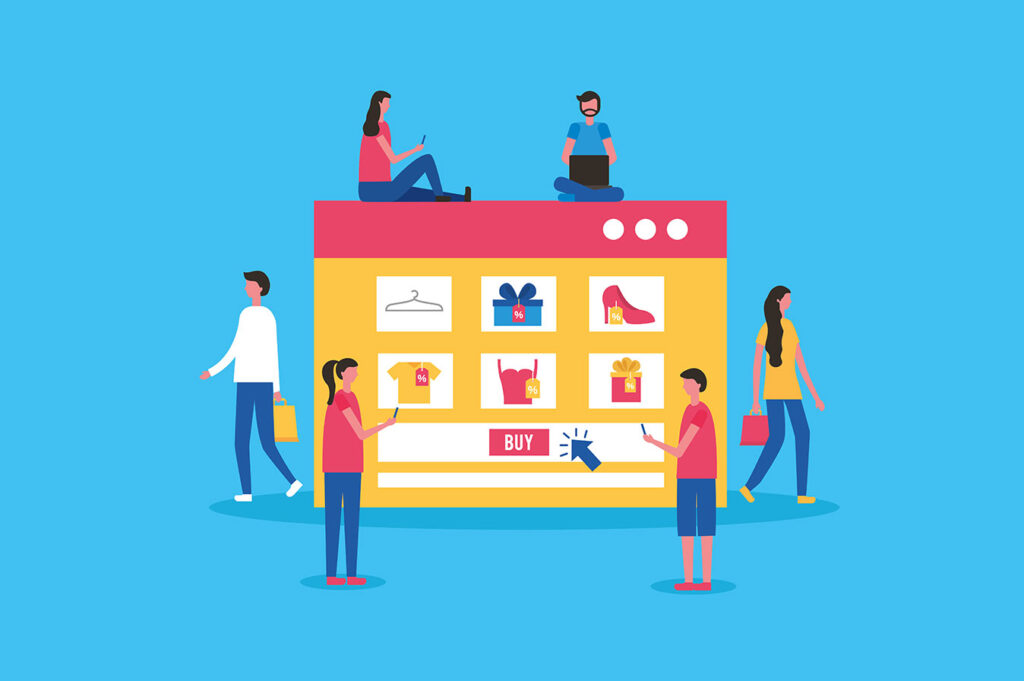
In today’s competitive e-commerce landscape, engaging customers and fostering loyalty are paramount. One effective strategy that has emerged is gamification—integrating game-like elements into the shopping experience to motivate and retain customers. At Primarc Pecan, we have observed firsthand how gamification can transform customer interactions and drive brand loyalty, making it a crucial element of modern digital commerce.
The Power of Gamification in E-commerce
Gamification leverages human psychology by tapping into desires for reward, achievement, and competition. By incorporating elements such as rewards, points, and challenges, e-commerce platforms can create immersive experiences that encourage repeat engagement. Studies indicate that gamification can increase customer interaction by up to 47%, with gamified loyalty programs boosting repeat purchase rates by 20% (cohora.com).
Beyond just engagement, gamification also improves customer retention, increases conversion rates, and enhances the overall shopping experience. By creating an interactive and rewarding journey, businesses can foster deeper connections with their customers, transforming one-time buyers into loyal brand advocates.
Effective Gamification Strategies and How Businesses Can Leverage Them
1. Points-Based Reward Systems
Points-based reward systems incentivize customer actions such as purchases, reviews, or social media shares. These points can then be redeemed for discounts, exclusive products, or other perks, making customers feel valued while encouraging continuous engagement.
How to Leverage:
● Set clear earning and redemption rules to ensure transparency and maintain customer trust.
● Offer tiered rewards where higher spenders or more engaged customers unlock better benefits, driving higher purchase volumes.
● Combine points with time-limited offers to create urgency and encourage immediate purchases, improving conversion rates.
● Integrate rewards into everyday interactions, such as offering points for reading blog content or engaging with social media posts, creating multiple touchpoints for engagement.
2. Progress Bars and Achievement Badges
Humans are naturally driven by progress and accomplishment. Visual indicators such as progress bars and achievement badges provide clear milestones, encouraging users to stay engaged and complete more actions.
How to Leverage:
● Use progress bars to track spending or engagement levels, motivating users to reach the next tier for additional rewards.
● Offer exclusive perks for milestone achievements, such as early access to sales, free shipping, or premium customer service.
● Gamify the onboarding process by introducing step-by-step achievements that guide new customers through account creation, first purchases, and referrals.
● Create social sharing options, allowing users to showcase their achievements and encourage their network to join, further driving brand awareness.
3. Instant Win Games
Gamification thrives on the element of surprise. Instant-win games like spin-the-wheel, scratch cards, or lucky draws inject excitement into the shopping experience and provide immediate gratification.
How to Leverage:
● Use instant-win games to reward engagement beyond purchases, such as signing up for newsletters, following social media pages, or leaving product reviews.
● Integrate games with limited-time offers, making rewards time-sensitive to encourage swift action.
● Offer a mix of high-value and low-value rewards, ensuring a broad spectrum of winners while maintaining cost-effectiveness.
● Use data-driven insights to personalize rewards, ensuring that customers receive offers relevant to their shopping behavior.
4. Countdown Timers
Scarcity and urgency are strong psychological triggers that encourage purchasing decisions. Countdown timers create a sense of urgency, making customers more likely to act quickly.
How to Leverage:
● Display countdown timers for flash sales, cart expirations, and limited-time deals to reduce abandoned carts and increase conversions.
● Use personalized timers in abandoned cart emails, reminding customers of their incomplete purchases and incentivizing them to complete the checkout.
● Incorporate countdown mechanics into loyalty programs, such as time-sensitive bonus points that expire if not used within a specific period.
● Leverage countdowns in live shopping events, creating excitement and real-time engagement to boost immediate sales.
5. Referral Programs
Word-of-mouth marketing remains one of the most effective ways to acquire new customers. Gamified referral programs incentivize existing customers to spread the word about a brand in exchange for rewards, driving new traffic while maintaining customer satisfaction.
How to Leverage:
- Offer tiered referral incentives, where customers unlock better rewards as they refer more friends, encouraging ongoing engagement.
- Provide dual benefits, ensuring both the referrer and the referred friend receive rewards to maximize participation.
- Use gamified tracking dashboards, where customers can see their referral progress, earned rewards, and leaderboards.
- Integrate referrals with social media sharing, making it easy for customers to invite friends via platforms like WhatsApp, Instagram, and Facebook.
Conclusion
Integrating gamification into your e-commerce strategy is not just a trend—it’s a proven way to drive customer loyalty, enhance engagement, and increase sales. By leveraging strategic rewards, points, and challenges, businesses can create an immersive shopping experience that keeps customers coming back for more.
At Primarc Pecan, we help brands unlock the full potential of gamification, ensuring that their strategies are not only engaging but also profitable. Our expertise in e-commerce and customer behavior allows us to design gamified experiences that truly resonate with your audience and drive long-term success.
Partner with us to transform your e-commerce experience and build lasting customer loyalty.